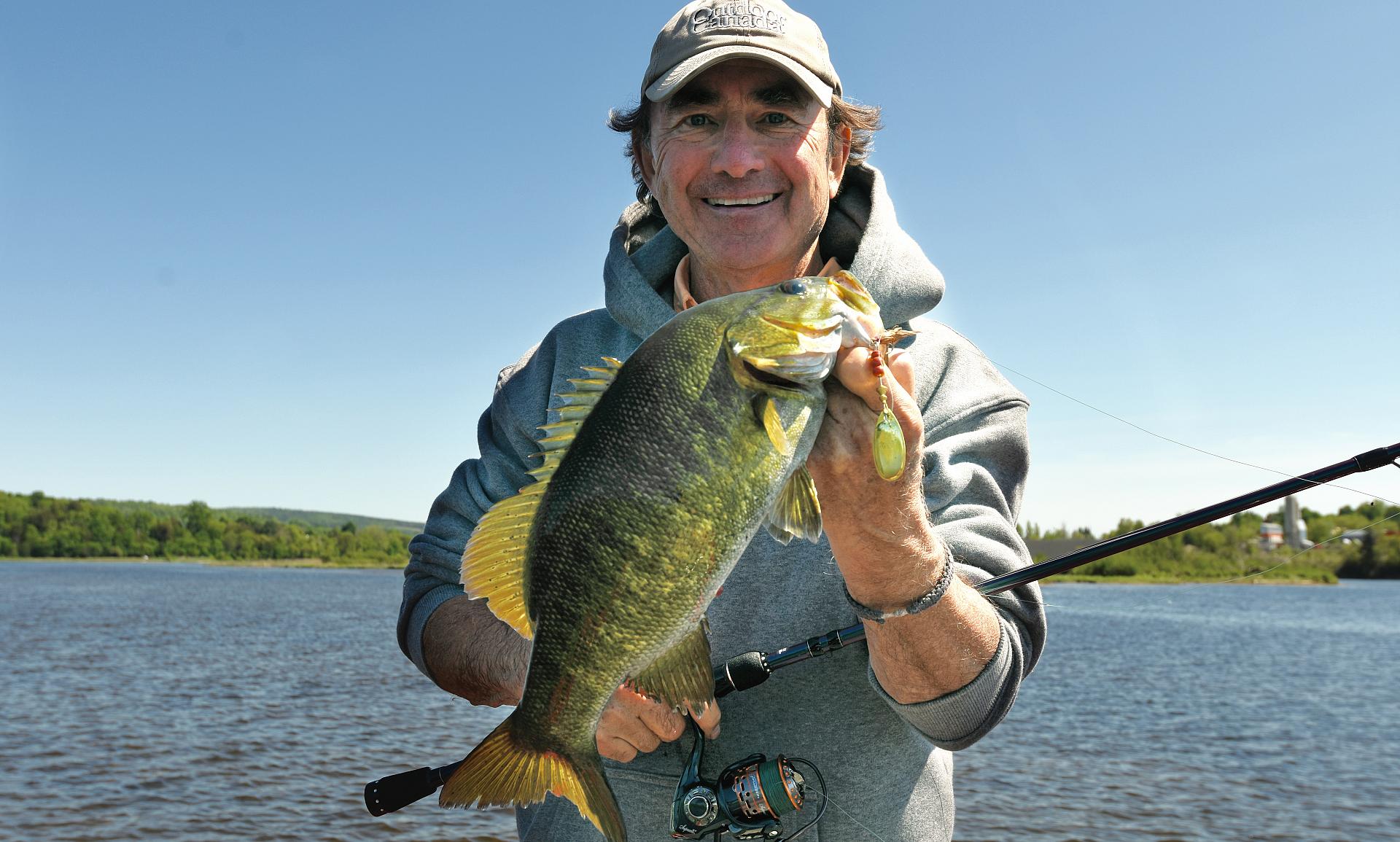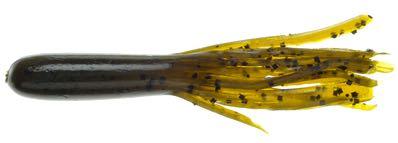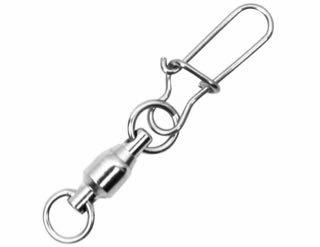Go with the flow
Rivers offer some of Canada’s best but little known fishing for smallmouth bass. A top pro shares his old-school secrets for getting in on the action
Advertisement
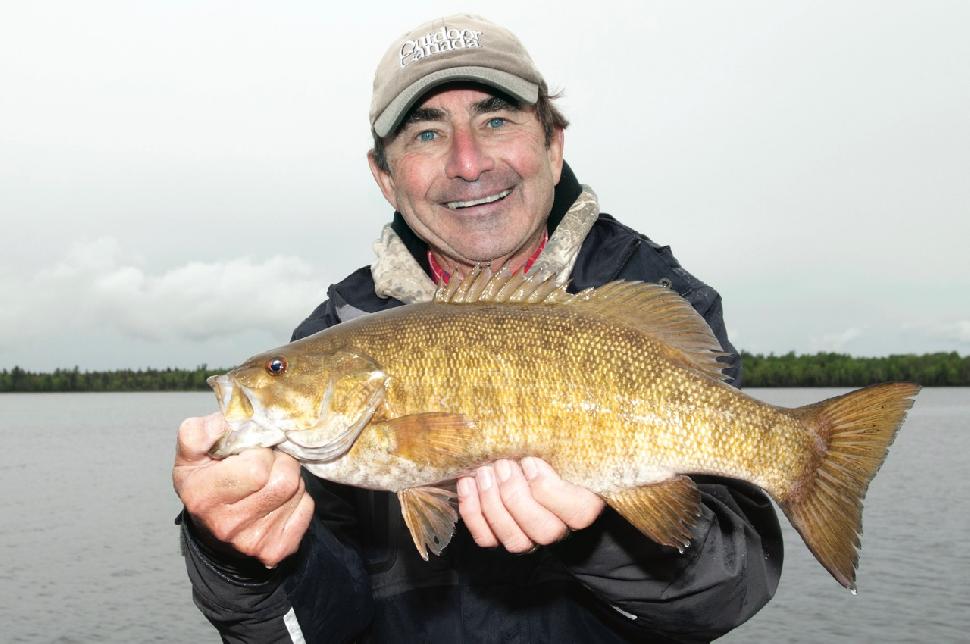
The tube tactic
Oh yes, Gogan—ever the radical—also uses tube jigs. But instead of dragging the tube across the bottom, as most anglers do, he quickly swims it back to the boat, typically only a few inches below the surface. Gogan even does this when fishing over deep water. So, why use this unconventional tactic? “Because smallmouth living in rivers are more apt to come up to hit your lure than they are to go down to get it,” he says.
Gogan admits he stumbled onto this brisk swimming retrieve by accident years ago, after he had made a cast to an obstruction in the river, but missed the mark. He was quickly reeling in his bait to make another pitch when a huge smallie swallowed the jig. So he made the “mistake” again, and duplicated the result. “Much of fishing is flukiness,” he says with a laugh.
Advertisement
Of course, there’s much more to it than that. For starters, he uses a ¼-ounce jig inserted into a black-and-blue, green pumpkin (above) or crayfish-coloured 3½- or four-inch tube. This is considerably lighter than you’d expect, given the river’s swirling current and deep water. Even more unexpected is his backup weight: a ⅛-ounce head he selects when he wants an even slower drop.
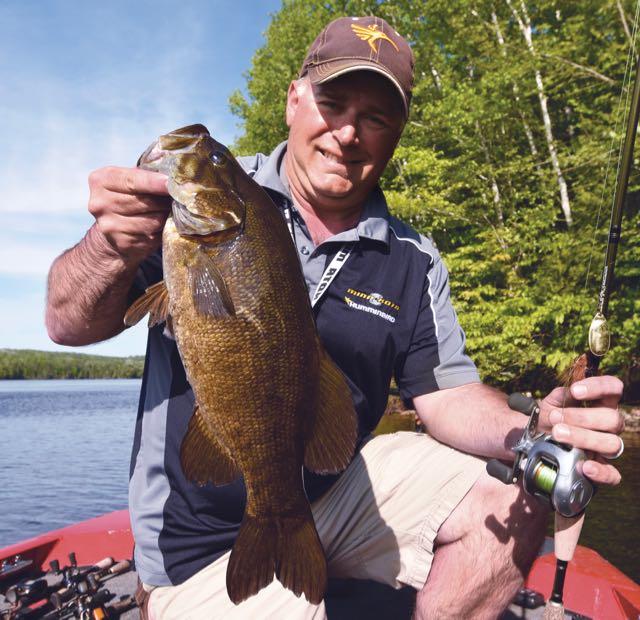
And get this: Gogan doesn’t use a spinning outfit, as do 99.9 per cent of bass anglers who fish tube jigs. Instead, he uses a six-foot four-inch medium-action baitcasting rod and a low-profile baitcasting reel (above) spooled with 10- to 12-pound-test monofilament. When I asked why he uses a baitcasting outfit, he looked at me as if it were strangest question ever. His reply? “Because it’s easier.”
Advertisement
As I said, ever the radical.
Advertisement
Snap judgment
New Brunswick bass guru Jason Gogan says a quality snap swivel is essential for correctly presenting an in-line spinner, and not just to avoid line twist. He says the terminal tackle also allows the blade to spin at the slowest possible speed, which is sometimes key to enticing a bite.

